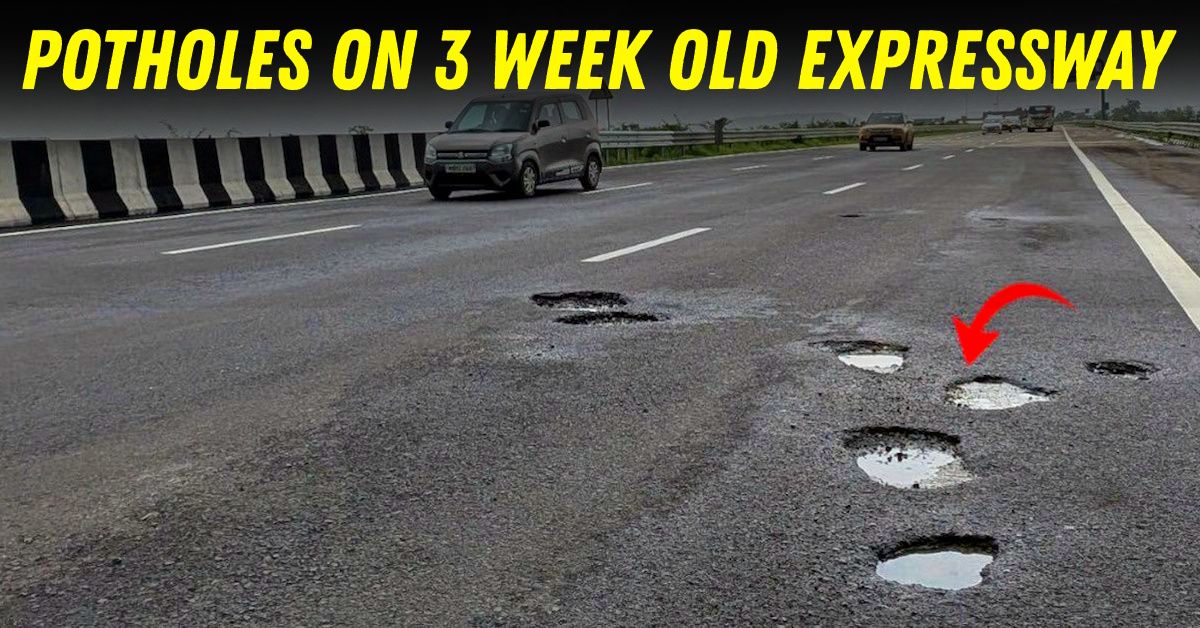Parliament Panel Criticises Failing Concrete/Cement Roads: Why They Are Falling Apart


In recent years, concrete roads have become more common in the country, promising longer life and less maintenance compared to bituminous ones. Yet, a Parliament panel (Public Accounts Committee or PAC) has flagged serious failures with these new roads, sounding alarm bells about their rapid deterioration. This is a story about how promises go awry, why it matters to everyday commuters, and what’s actually happening beneath the surface.
The PAC’s latest review comes amid mounting evidence of concrete roads cracking, collapsing, and failing across rain-prone and low-lying areas, despite expectations that such roads would last for decades. Specific examples include the Delhi–Vadodara Expressway, which saw cracks and surface damage much sooner than planned, and the Kooriyad road collapse in Kerala, which drew widespread attention to technical lapses and oversight failures.
Concrete roads were supposed to fix the problems associated with frequent potholes and patchwork found in bitumen roads. The reality, though, is different. The primary reasons, as cited by the committee, are poor design, inadequate soil testing, weak quality checks, and excessive dependence on contractors, who often sublet their projects further, making accountability a distant dream.
Take the Kerala incident. Investigators found that the soil study was inaccurate, leading to a mismatch between the road design and actual ground conditions. Neither the primary builder nor the supervising consultant flagged this discrepancy in time. When the heavy rains came, the road did not have the strength to endure them and simply collapsed.
In projects overseen by the National Highways Authority of India (NHAI), the PAC notes that hands-off supervision has become normal practice. Rather than regular checks or on-site engineering supervision, the NHAI limits itself to approving blueprints and formalities. As a result, contractors and consultants make on-the-ground decisions, and if problems are missed or shortcuts taken, there is little the authority can actually enforce.
One major concern is unchecked subcontracting. When work is outsourced to multiple layers of subcontractors, maintaining standards and deadlines becomes difficult. Each new layer further distances accountability, making it harder to ensure the work meets intended specifications. Recognising this, the PAC now recommends limiting subcontracting to one level, with further outsourcing only possible if there’s explicit approval from the highway authority.
On the broader picture, the shift from bituminous to concrete roads was supposed to be based on technical and environmental analysis. Instead, the PAC found that many projects jumped on the concrete trend without proper study, often chasing the promise of longer road life and reduced repairs. Unfortunately, the lack of evidence-based planning means some roads, especially in areas with heavy rainfall or soft soil, are simply not fit for purpose.
Subjective opinions from auto forums echo these concerns. Commenters argue that although concrete roads appear cleaner and more robust, failure rates suggest a deeper issue: the application of supposedly “modern” techniques without matching them to local conditions.
Many regular commuters find themselves worse off with cracks, potholes, and detours only months after new roads open, leading to frustration and questions about the value delivered for public money.
A way forward, suggested by the PAC and many civil engineers, involves mandatory, evidence-based framework for choosing which material and design suits each location, stricter supervision, and a requirement for real accountability.
In plain terms, road building should aim for quality over speed. If shortcuts are prevented, construction happens with local realities in mind, and every project is fitted to its unique needs followed by regular checks, concrete roads can indeed outlive their predecessors.
For the common man, the story is about more than just infrastructure, it’s about trust and public safety. When concrete roads fail, commutes get longer, the risk of accidents rises, and public funds are put to poor use.
The next time you drive over a newly built stretch and see surface cracks or odd bulges, it’s worth recalling this story, a reminder that better, lasting infrastructure starts with sound groundwork and careful, honest oversight.